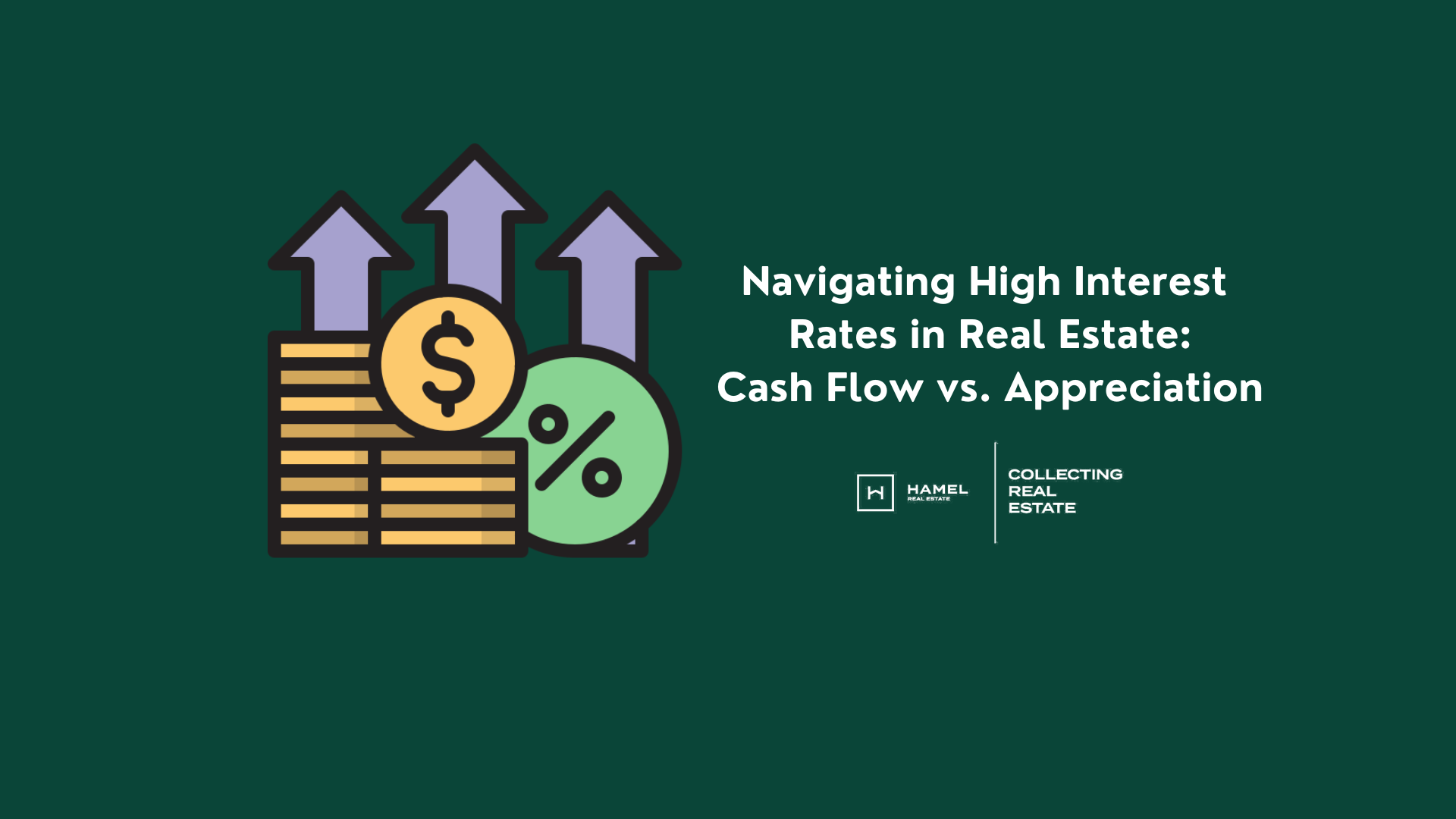Federal Aid Loan: Navigating Your Path to Financial Success
Guide or Summary:Federal Aid Loan: A Comprehensive OverviewTypes of Federal Aid LoansEligibility and Application ProcessInterest Rates and Repayment TermsSt……
Guide or Summary:
- Federal Aid Loan: A Comprehensive Overview
- Types of Federal Aid Loans
- Eligibility and Application Process
- Interest Rates and Repayment Terms
- Strategies for Managing Federal Aid Loans
In the ever-evolving landscape of higher education and career advancement, securing the right financial aid is paramount. Among the myriad of options available, the federal aid loan stands out as a cornerstone for many students and professionals aiming to achieve their educational and career goals. This comprehensive guide delves into the intricacies of federal aid loans, offering practical advice, valuable insights, and actionable strategies to help you navigate your path to financial success.
Federal Aid Loan: A Comprehensive Overview
Federal aid loans are a vital component of the financial aid landscape, offering accessible and flexible financing options for students and professionals alike. These loans are backed by the full faith and credit of the United States government, ensuring a level of security and reliability that is unparalleled in the world of education financing.
Types of Federal Aid Loans
Understanding the different types of federal aid loans available is crucial for making informed financial decisions. Here's an overview of the primary types:
1. **Direct Subsidized Loans**: These loans are designed to assist students with demonstrated financial need, offering a grace period before interest begins accruing.

2. **Direct Unsubsidized Loans**: Unlike their subsidized counterparts, unsubsidized loans are available to all students, regardless of financial need, and interest begins accruing immediately.
3. **PLUS Loans**: These loans are available to parents of undergraduate, graduate, and professional students, providing additional financial support to help cover education-related expenses.
Eligibility and Application Process
To qualify for federal aid loans, applicants must meet certain eligibility criteria, including being a U.S. citizen, having a valid Social Security number, and maintaining satisfactory academic progress. The application process typically involves completing the Free Application for Federal Student Aid (FAFSA) and submitting supporting documentation.
Interest Rates and Repayment Terms
Understanding the interest rates and repayment terms associated with federal aid loans is essential for making informed financial decisions. Interest rates vary depending on the type of loan and disbursement date, while repayment terms can range from 10 to 25 years, depending on the loan type and repayment plan chosen.

Strategies for Managing Federal Aid Loans
Effective loan management is crucial for ensuring long-term financial health. Here are some strategies for staying on top of your federal aid loans:
1. **Understand Your Repayment Options**: Familiarize yourself with the various repayment plans available, such as income-driven repayment plans, to find the best fit for your financial situation.
2. **Leverage Loan Forgiveness Programs**: Take advantage of federal loan forgiveness programs, such as Public Service Loan Forgiveness (PSLF), to reduce your loan balance over time.
3. **Monitor Your Credit Score**: Keep a close eye on your credit score, as it can impact your ability to secure favorable loan terms and repayment rates.

Federal aid loans are a powerful tool for achieving your educational and career goals. By understanding the different types of federal aid loans available, navigating the application process, and effectively managing your loans, you can secure your financial future and pursue your aspirations with confidence. Embrace the opportunities that federal aid loans present, and take the first step toward financial success today.